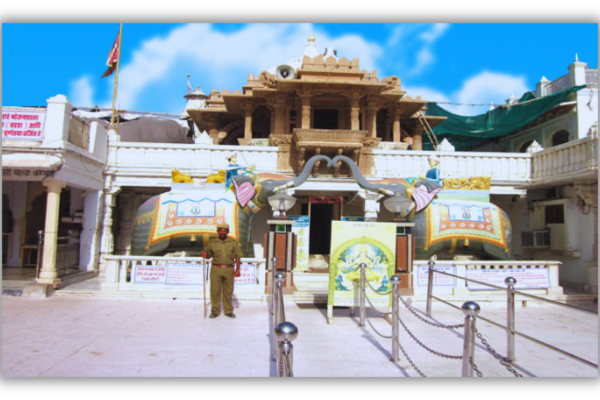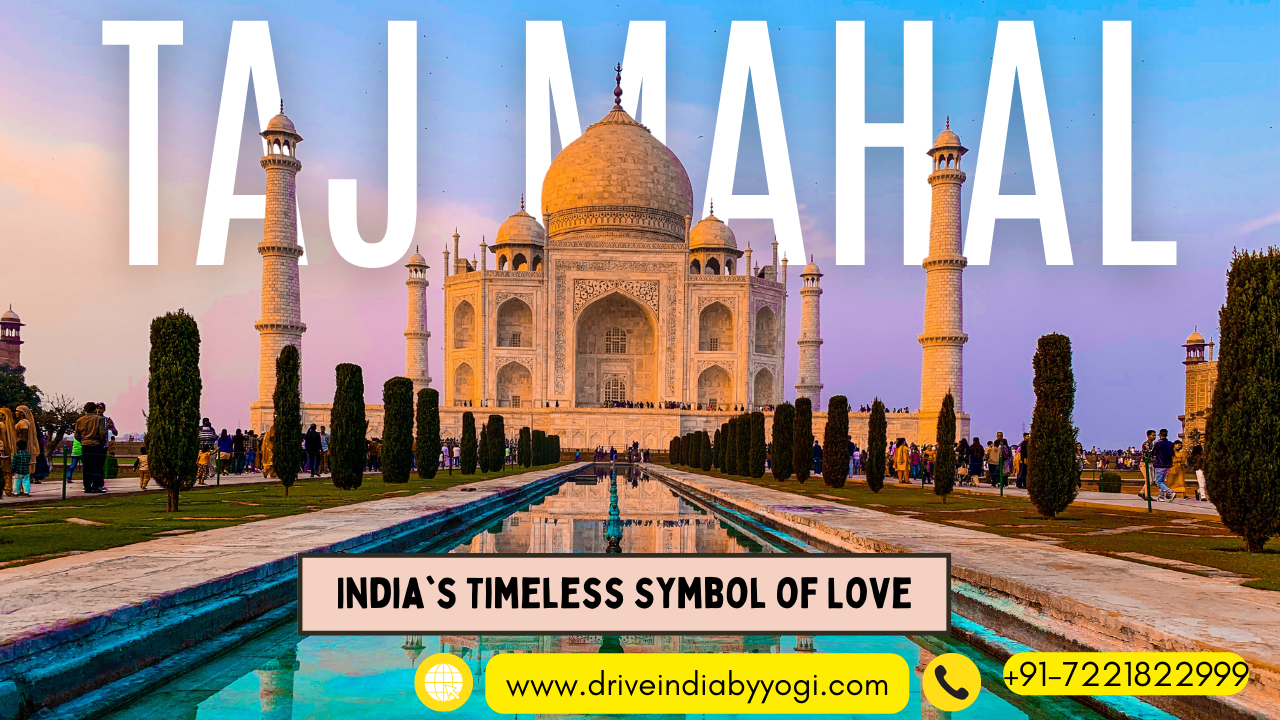Jodhpur to Ramdevra Taxi – Starting Rate ₹ 10/KM
Jodhpur to Ramdevra Taxi Service Jodhpur to Ramdevra Taxi Service is a trusted and professional taxi and tour service provider offering one-way and round-trip cab bookings from Jodhpur to Ramdevra and surrounding destinations. We specialize in spiritual and desert circuit tours that cover Shri Ramdev Temple, Tilon Ki Pol, Tanot Mata Temple, Sam Sand...




